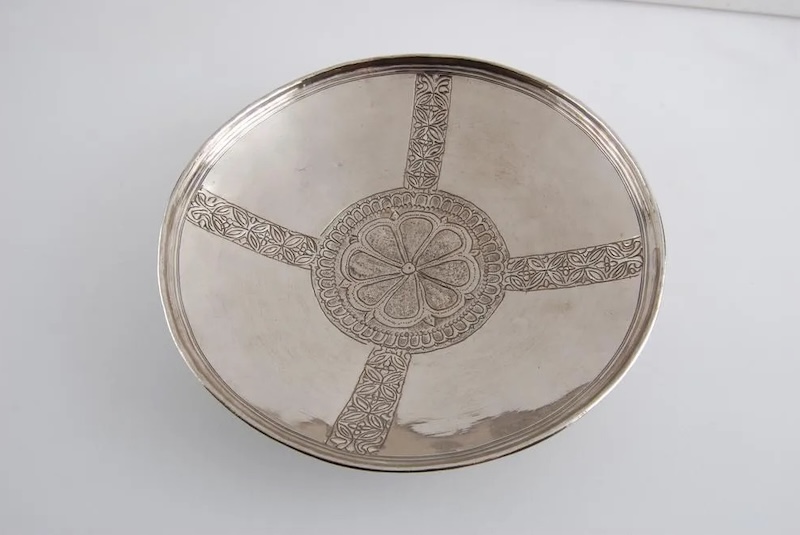Medieval England's silver coin mystery solved: Byzantine goods melted into coins
Researchers have solved the mystery of England's silver coinage glut around 660 A.D. with metallurgical tests that show Byzantine wares were melted down and turned into coins

In the 7th and 8th centuries A.D., the early medieval English made a radical change in the way they spent as the island had long relied on gold as currency, but around 660 A.D., its economy was flooded with silver coins.
This created an economic boom, stimulating trade and accelerating urban development. But while historians have long studied this surge, the sudden proliferation of silver in medieval Europe has never been explained.
Now researchers have identified the source of these precious coins through metallurgical tests. It turns out that Byzantine goods were melted down and turned into coins.
“Previously historians had put forward various theories for this sudden abundance, but there was no solid evidence, so we set out to find it,” said historian Rory Naismith of Cambridge University.
“We now have the first archaeometric confirmation that Byzantine silver was the dominant source behind the huge increase in minting and trade around the North Sea in the 7th century,” Naismith added.
Researchers tested 49 medieval coins with a technique called “portable laser ablation,” which involves using a laser to engrave a small area of the coin (representing a fraction of a millimeter) in order to shed light on its chemical structure and ultimately its origin. They found that 29 ancient coins in the collection, minted between 660 and 750, had isotopic signatures that matched the silver of the Byzantine Empire from the 3rd to 7th century.
At its peak, the Byzantine Empire stretched from Syria to southern Spain. As the authors of the study note, Byzantine people used silver both as currency and ornaments. Throughout the empire's reign, as Byzantine silver wealth reached Europe, it was hoarded by high-status power.

According to the study's lead author Jane Kershaw, an archaeologist at the University of Oxford, elite owners of valuable silverware only melted them down when they really needed the money.
“This was a quantitative expansion: The elite were monetizing resources and putting more and more money into circulation,” says Kershaw. ”This must have had a big impact on people's lives. There should have been more thinking about money, and more money-related activities involving a much larger part of society,” he added.
When the researchers tested new coins in the collection, minted between 750 and 820, their analysis revealed a different origin. Byzantine goods had been the main source of Britain's silver coins for nearly a hundred years after 660, but by 750 these sources had begun to run out.
After that, a silver mine at Melle in France became the dominant source of the precious metal. Researchers speculate that the emperor Charlemagne caused this sudden and widespread rise in Melle silver as he increasingly exerted control over how and where his kingdom's coins were made.
The newly discovered source of the coins - Mediterranean goods - also sheds light on the economic power of the enterprising medieval English.
Source: Newsroom






